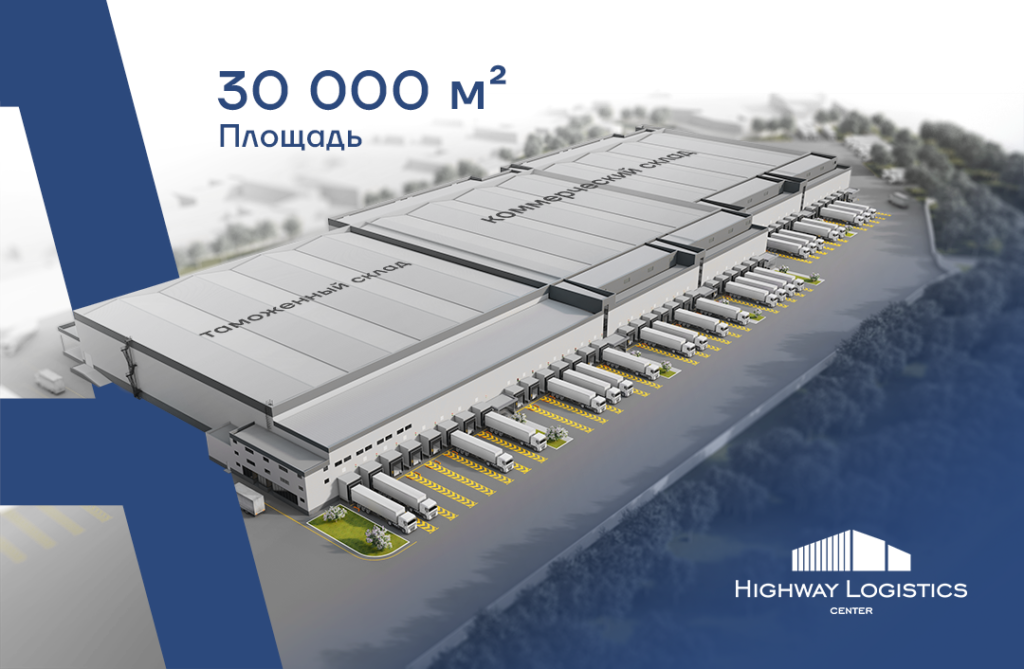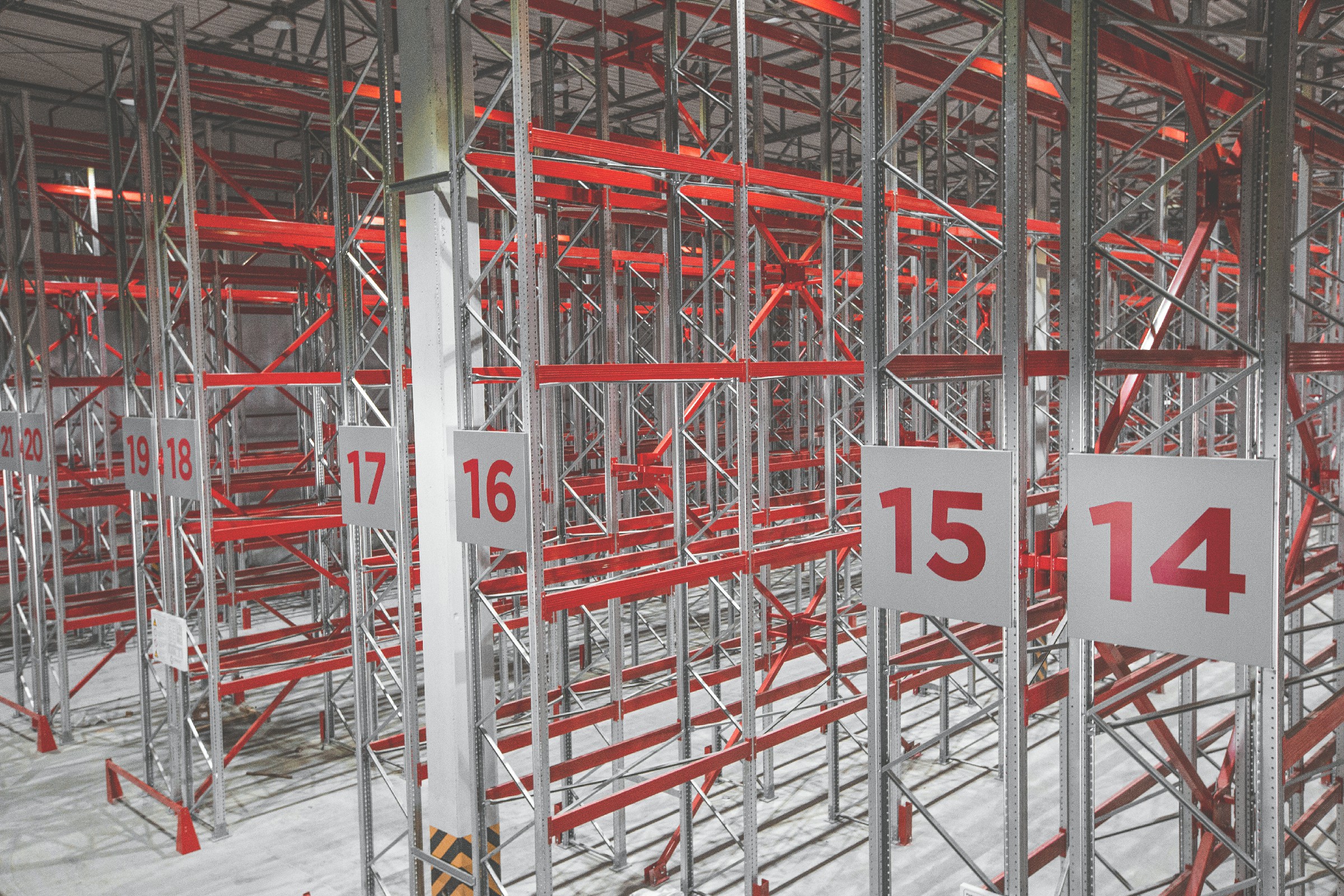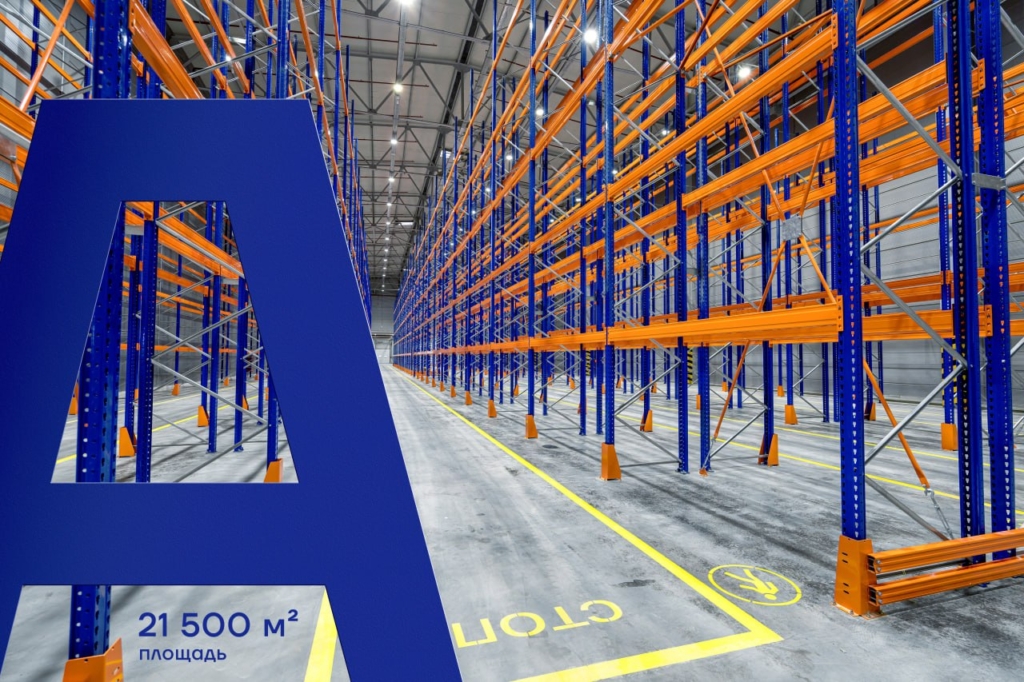
How to Choose a Temporary Storage Warehouse: A Comprehensive Guide from Logistics Orient Experts

Choosing the right temporary storage warehouse is a critical decision that can directly impact the operational efficiency and bottom line of your business. A well-chosen warehouse is not just about securing space for inventory — it’s about optimizing supply chain management, reducing costs, and ensuring seamless logistics. In this guide, the seasoned professionals at Logistics Orient, with years of experience across Uzbekistan, the CIS, and international markets, offer valuable insights into making the right warehouse choice.
The Strategic Importance of Warehouse Selection
Selecting a warehouse is a strategic business decision. It affects not only inventory management but also delivery times, transportation costs, and overall customer satisfaction. Let’s explore the key factors that should guide your choice when selecting a temporary storage facility.
1. Prime Location: A Logistical Advantage
Location is a top priority when choosing a warehouse, as it determines how efficiently goods can be moved in and out of the facility. A strategically located warehouse can significantly reduce lead times and transportation costs.
- Proximity to major transport hubs: Opt for a warehouse close to highways, rail terminals, airports, or seaports. This enhances the speed of distribution and minimizes transit delays, which is crucial for time-sensitive goods.
- Infrastructure and accessibility: Ensure the warehouse is easily accessible with well-maintained roads, ample parking, and efficient loading docks. This reduces bottlenecks during peak delivery or pickup times.
- Customer proximity: A warehouse near your key markets or customers can shorten last-mile delivery, enhancing customer satisfaction while cutting down on transportation expenses.
2. Storage Conditions: Ensuring Product Integrity
The storage environment directly influences the longevity and quality of your goods. It’s essential to assess whether the warehouse can maintain the specific conditions your products require.
- Temperature control: For perishable goods, pharmaceuticals, or electronics, temperature-controlled environments are non-negotiable. Ensure the facility has climate control systems that meet your operational needs.
- Humidity regulation: Some products, like textiles or paper, require low-humidity environments to prevent damage. Ask for humidity control capabilities to maintain optimal conditions.
- Security measures: The safety of your inventory is paramount. Look for warehouses with robust security infrastructure, including 24/7 surveillance, access control systems, and on-site personnel. This ensures protection against theft, vandalism, and unauthorized access.
3. Warehouse Class: Why Class A is a Game-Changer
Warehouse classification is an indicator of the facility’s quality and the level of services it can offer. Class A warehouses represent the gold standard in storage facilities and should be your preferred choice for high-value or sensitive goods.
- State-of-the-art infrastructure: These facilities feature high ceilings, modern fire suppression systems, advanced security, and multiple docking stations for simultaneous loading and unloading. Such features enhance operational efficiency.
- Automated inventory management: Class A warehouses typically employ Warehouse Management Systems (WMS) that streamline stock control, tracking, and order fulfillment processes. This reduces manual errors and enhances accuracy.
- Energy efficiency and sustainability: Many modern Class A facilities prioritize energy-efficient operations, which can reduce operational costs and align with corporate sustainability goals.
4. Value-Added Services: Enhancing Warehouse Functionality
A full-service warehouse offers more than just space. Look for facilities that provide a comprehensive suite of value-added services to support your business needs.
- Handling and fulfillment services: Warehouses that offer value-added services like order picking, packaging, and labeling can help you streamline operations, especially for businesses with high-volume orders.
- Office space and connectivity: Some modern warehouses provide on-site office spaces, Wi-Fi, and conference rooms, allowing you to manage logistics and other operations directly from the facility. This can be particularly beneficial for businesses with complex supply chains.
- Cross-docking services: If your business requires rapid turnover of inventory, warehouses offering cross-docking services can help reduce handling times, improve delivery speeds, and cut down on storage costs.
5. Flexibility in Lease Terms
Lease flexibility is crucial for businesses that experience seasonal demand fluctuations or need short-term storage solutions. Choose a warehouse that can accommodate both long-term leases and flexible, short-term arrangements, allowing you to scale operations as needed.
- Variable lease lengths: The ability to negotiate contract terms based on changing business needs is critical, especially for businesses with fluctuating inventory levels.
- Scalability: Look for facilities that offer scalable space options, so you can expand or downsize as required without moving to a new location.
6. Technological Integration: The Future of Warehousing
In today’s competitive market, technological capabilities are a key differentiator when selecting a warehouse. A facility with advanced technology integration can significantly improve your supply chain efficiency.
- Warehouse Management Systems (WMS): Warehouses equipped with WMS allow for automated tracking of stock levels, streamlined inventory control, and better demand forecasting. This reduces the likelihood of overstocking or stockouts and improves overall operational efficiency.
- Real-time data access: Warehouses offering real-time data on inventory levels and movements via online platforms can provide your business with the visibility it needs to make informed decisions quickly.
- Integration with ERP systems: Ensure the warehouse can integrate its WMS with your company’s Enterprise Resource Planning (ERP) system, creating a seamless flow of information between your supply chain and business operations.
7. Reputation and Client Feedback
A warehouse’s reputation within the industry is a crucial factor. Look for facilities that have a proven track record of reliability and customer satisfaction. Checking client reviews and testimonials can offer valuable insights into the service quality and operational efficiency of the warehouse provider.
- Years of operation: A warehouse with a long-standing history typically indicates stable and reliable service. Longevity often suggests strong management and consistent client satisfaction.
- Client reviews: Check for feedback from other businesses that have used the warehouse. Positive reviews about efficiency, responsiveness, and service quality are good indicators of a trusted partner.
Conclusion: The Right Warehouse Choice Drives Business Success
Choosing the right temporary storage warehouse is more than just securing space — it’s about enhancing your entire logistics operation. At Logistics Orient, we are committed to providing tailored storage solutions that meet your specific business needs. Our expertise and advanced facilities ensure that your goods are stored safely and your logistics run smoothly.
For a detailed overview of our warehouse services and solutions, visit logisticsorient.uz.
Share news on social networks
Subscribe to the newsletter



